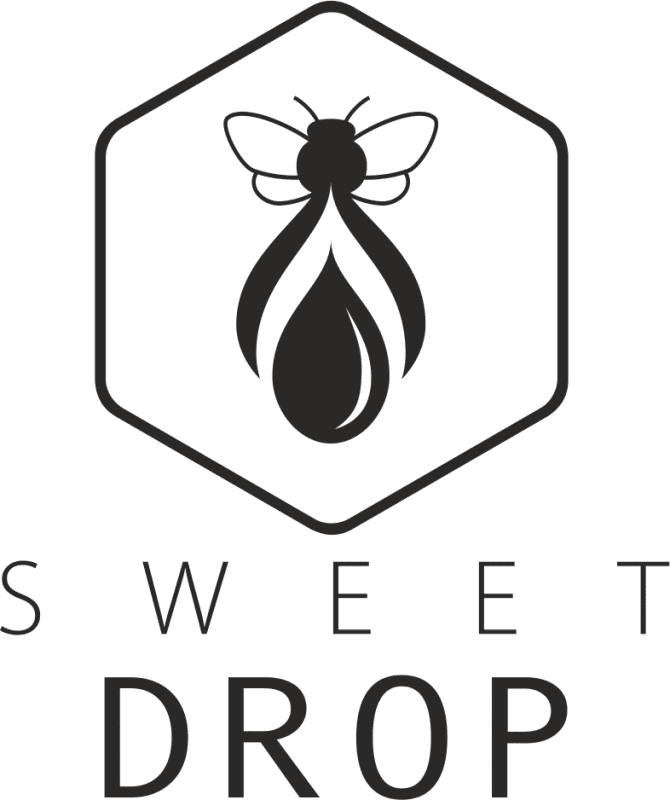Health, Bee Bread, Bee Pollen
Chemical Composition of Bee Bread
N. Joirišas, (1964) writes about the proteins of bee bread and states that: it contains perfectly balanced proteins, all essential amino acids.
The bee bread contains fatty acids, vitamins, trace elements, enzymes (phosphatase, catalase, cosimase, amylase, invertase, pepsin, trypsin, lipase), flavonoids, carbohydrates (glucose, fructose, sucrose, raffinose, pentosans, dextrins, starch, cellulose), and yes also fat-like substances (lecithin, fatty oil, cholesterol, biscin.
Dr. A. Astrauskienė (1991) indicates that bee bread contains almost all components necessary for humans: about 20 percent of protein, about 3 percent of lipids and about 24-35 percent of carbohydrates.
The bread contains over 20 different amino acids, the total amount of which is up to 220 mg/g. Most of the bread contains glutamine, asparagine, proline. Bread is very valuable because it contains all the essential amino acids, which the body cannot synthesize, but must get with food. Among such amino acids, there are mainly leucine, isoleucine, arginine.
Studies have shown that bee bread, which is dominated by leguminous pollen, contains more lipids and triglycerides. 13-21 fatty acids were isolated and identified in the lipid fraction, the majority of which are unsaturated fatty acids involved in the degradation of bad cholesterol. The average ratio of omega-6 and omega-3 acids is 1:1.2. This shows that bee bread is a product that has properties characteristic of plants, as well as fatty acids of animal origin and a balanced amount of polyunsaturated fatty acids.



